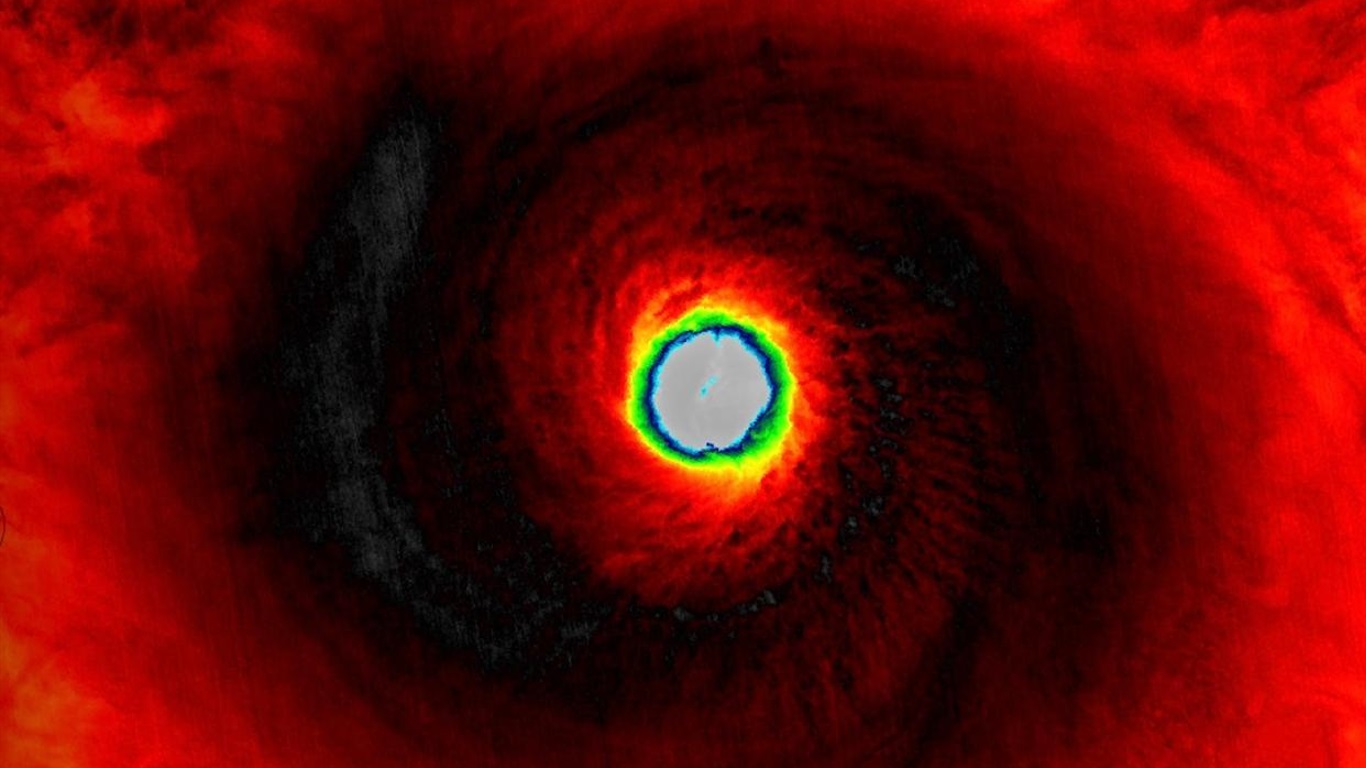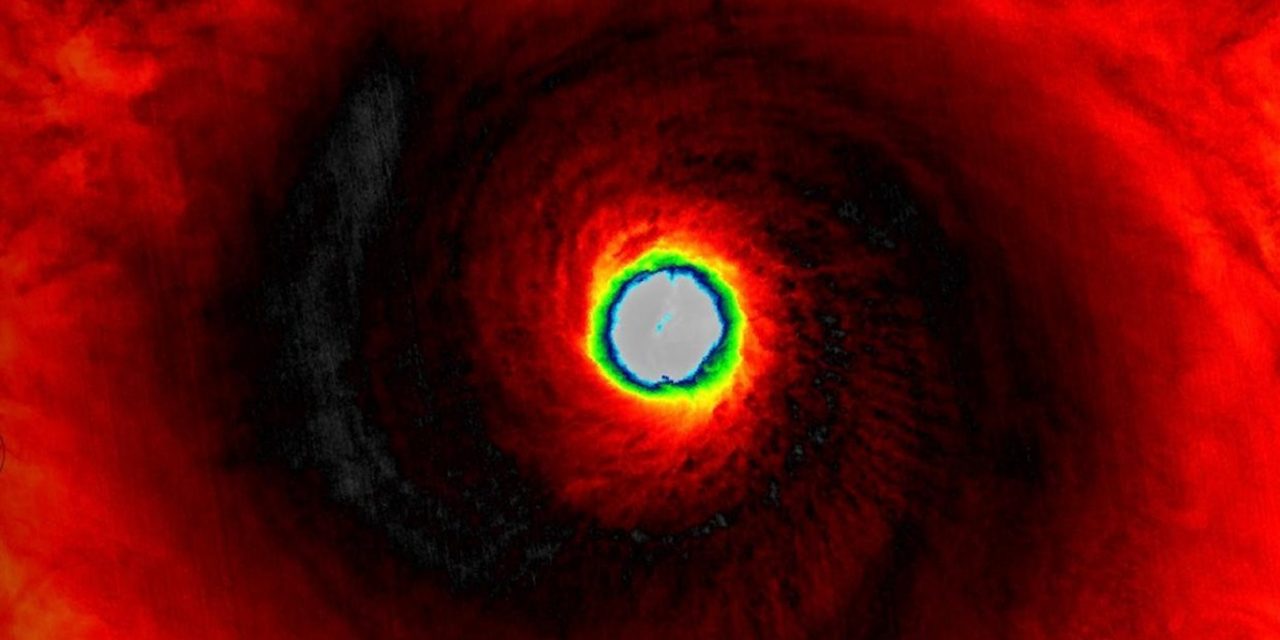Hurricane Melissa has strengthened and reached the top of the intensity scale — the powerful Category 5 — according to the latest advisory from the National Hurricane Center. The catastrophic storm is moving toward Jamaica, where it is expected to bring a destructive storm surge, damaging winds, and life-threatening flash flooding and landslides.

Melissa is a moster category 5 hurricane in the Atlantic | CIRA/CSU
According to the National Hurricane Center (NHC), Melissa now has maximum sustained winds of 160 mph) with even higher gusts. Further strengthening remains possible before the hurricane’s eye is expected to make landfall in Jamaica later today and Tuesday morning.
Melissa is now the third Category 5 hurricane of the Atlantic season — an extremely rare occurrence. Only in 2005, the most active hurricane season on record, were there more storms of this intensity, with four systems reaching the maximum strength on the Saffir-Simpson scale.
Among hurricane watchers, there’s a curious superstition that has gained traction over the years: the so-called “curse of hurricanes beginning with the letter M.” The idea stems from the unusually high number of devastating storms that started with that letter and had their names officially retired — an honor reserved only for the deadliest or most destructive cyclones. Although it’s mostly a popular belief, the pattern is supported by a real phenomenon observed in recent decades.
When a hurricane causes great tragedy, its name is removed from the official lists to avoid insensitivity and confusion in future warnings. In the Atlantic, seven “M” names have already been retired, and many of them rank among the most destructive storms in history. The most remembered is Maria (2017), which devastated Dominica, Puerto Rico, and the U.S. Virgin Islands, killing thousands and collapsing Puerto Rico’s entire power grid.
Another memorable one is Matthew (2016), a Category 5 hurricane that ravaged Haiti, struck Cuba, and reached the southeastern United States, leaving more than a thousand dead. In 1998, Mitch became one of the deadliest hurricanes ever recorded, with over 11,000 fatalities in Honduras and Nicaragua after torrential rains triggered massive landslides.
The list also includes Michael (2018), which made landfall in Florida as a devastating Category 5; Michelle (2001), which brought strong winds and heavy rain to Central America and the Caribbean; Marilyn (1995), which passed directly over the U.S. Virgin Islands; and the recent Milton (2024), a historically powerful and deadly hurricane that struck Florida.
The coincidence is so striking that the letter M has become a symbol of destruction among hurricane hunters. Meteorologists, however, offer a rational explanation: the alphabetical list of names progresses throughout the season, and the letter M is usually reached during the peak of hurricane activity in September. During this time, ocean waters are at their warmest, and atmospheric conditions are ideal for the formation of intense hurricanes.
Curiously, the letter I has an even worse reputation. Fourteen names beginning with I have been retired — including Ivan, Irma, and Ida — all associated with major disasters. The reason is similar: in the alphabetical sequence, “I” also tends to coincide with the height of the season, when conditions for extreme hurricanes are at their most favorable.


